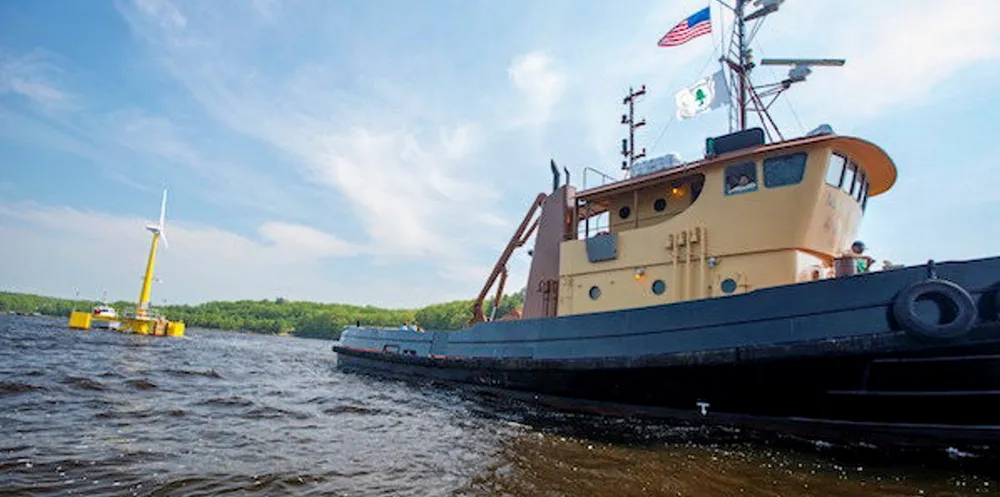Floating wind to the fore as New York looks to deep water for 'easily double' offshore goal
Head of high-powered energy R&D body Nyserda points to 20GW target for Atlantic resource as state ratchets up ambition for sector to match climate action strategies

New York state could vastly expand its already ambitious offshore wind power goals toward a total of 20GW, with a new ‘master plan’ revealing a larger role for floating arrays in deep US Atlantic waters in ratcheting up production to match its climate action strategies, the head of a high-powered energy R&D body has said.
Doreen Harris, CEO of the New York State Energy Research & Development Authority (Nyserda), said the state, which leads the nation with a mandate for 9GW of offshore wind plant by 2030, could “easily double” its offshore wind targets beyond 2030 “in order to achieve the broader goals of our climate law in New York”.
“We need to begin to explore the next phases of offshore wind for our region at the same time that we are building the projects that are advancing today,” Harris said of the potential floating plant could represent, speaking at the International Partnering Forum in Atlantic City, New Jersey.
“Because we know time is not on our side with respect to climate change and it’s not on our side with respect to timelines it takes to move these projects forward, [so] we are very much thinking how to integrate… a broader application of offshore wind,” she said, noting that the new sector master plan had been revised to factor in development of deep water regions through to 2035.
A recent report from Copenhagen-based consultancy Aegir Insights speculated that the high prices paid in the recent New York Bight auction, which saw seven leases with 7GW of plant capacity sell for a total of $4.37bn, could set the stage for a floating wind play in deeper waters on the Atlantic seaboard.
“Floating sites typically have higher LCOE [levellised cost of energy] levels than fixed-bottom, but the very high lease prices in the recent New York Bight auction could reduce this LCOE difference,” said Aegir in a flashnote.
New York already has 4.3GW of conventional offshore wind under contract, including the Equinor-BP’s Empire Wind 1&2 and Beacon Wind, which total 3.3GW, as well as the 880MW Sunrise and 132MW South Fork being developed by a joint venture of Danish developer Orsted and local utility Eversource.
The state will hold its round three tender for up to 4.2GW as it seeks to lock up as much power generated in the New York Bight, where equally ambitious New Jersey will also be looking for additional acreage as it strives to meet its 7.5GW goal.
So far, the entire US offshore wind development pipeline is based on bottom-fixed turbines, but with the nation’s regulator of federal waters, the Bureau of Ocean Energy Management, expected to announced first lease sales off California this year – as well as opening up the Gulf of Mexico, deepwater Atlantic and northern Pacific to future development, floating wind is starting to make inroads. The Gulf of Maine is in the frame for floating arrays and Maine has a target of 400MW by 2030.